Emergence of Edge Computing
The rise of edge computing is reshaping the landscape of the Real-Time Operating System Market. As organizations seek to process data closer to the source, the demand for real-time operating systems that can operate efficiently at the edge is increasing. Edge computing reduces latency and bandwidth usage, making it particularly advantageous for applications requiring immediate data processing, such as smart cities and industrial automation. The edge computing market is expected to witness substantial growth, with projections indicating a CAGR of over 30% in the coming years. This shift towards decentralized computing architectures necessitates the development of RTOS solutions that can effectively manage resources and ensure real-time performance, thereby driving the expansion of the Real-Time Operating System Market.
Increasing Demand for IoT Devices
The proliferation of Internet of Things (IoT) devices is a primary driver for the Real-Time Operating System Market. As industries increasingly adopt IoT technologies, the need for efficient and reliable real-time processing becomes paramount. According to recent estimates, the number of connected IoT devices is projected to reach 30 billion by 2030. This surge necessitates robust real-time operating systems that can handle the complexities of data processing and communication in real-time. Consequently, manufacturers are investing in RTOS solutions that can support the unique requirements of IoT applications, such as low latency and high reliability. This trend is likely to propel the growth of the Real-Time Operating System Market, as companies seek to enhance their operational efficiency and responsiveness.
Expansion of Robotics Applications
The growing adoption of robotics across various sectors is a significant driver for the Real-Time Operating System Market. Industries such as manufacturing, healthcare, and logistics are increasingly utilizing robotic systems to enhance productivity and efficiency. The Real-Time Operating System is anticipated to reach USD 500 billion by 2030, with a substantial portion of this growth attributed to the need for real-time processing capabilities. Real-time operating systems are essential for ensuring that robotic systems can perform tasks with precision and reliability. As organizations seek to automate processes and improve operational workflows, the demand for RTOS solutions that can support complex robotic applications is likely to increase, further propelling the Real-Time Operating System Market.
Advancements in Automotive Technology
The automotive sector is undergoing a transformation with the integration of advanced technologies, which significantly influences the Real-Time Operating System Market. The rise of autonomous vehicles and advanced driver-assistance systems (ADAS) necessitates the use of real-time operating systems to ensure timely processing of critical data. It is estimated that the automotive RTOS market will grow at a compound annual growth rate (CAGR) of over 10% in the coming years. This growth is driven by the need for enhanced safety features, improved user experience, and the increasing complexity of automotive systems. As automotive manufacturers continue to innovate, the demand for specialized RTOS solutions tailored for automotive applications is expected to rise, thereby bolstering the Real-Time Operating System Market.
Rising Need for Real-Time Data Processing
The escalating requirement for real-time data processing across various industries is a crucial driver for the Real-Time Operating System Market. As businesses increasingly rely on data analytics for decision-making, the ability to process data in real-time has become essential. Industries such as finance, telecommunications, and healthcare are particularly impacted, as they require immediate insights to respond to dynamic market conditions. The market for real-time data processing solutions is projected to grow significantly, with estimates suggesting a CAGR of around 20% over the next few years. This trend underscores the importance of real-time operating systems that can facilitate rapid data processing and analysis, thereby enhancing the overall efficiency of operations within the Real-Time Operating System Market.

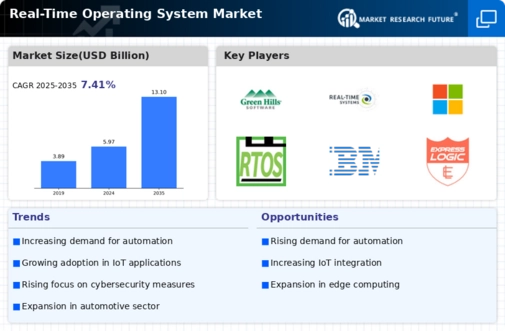
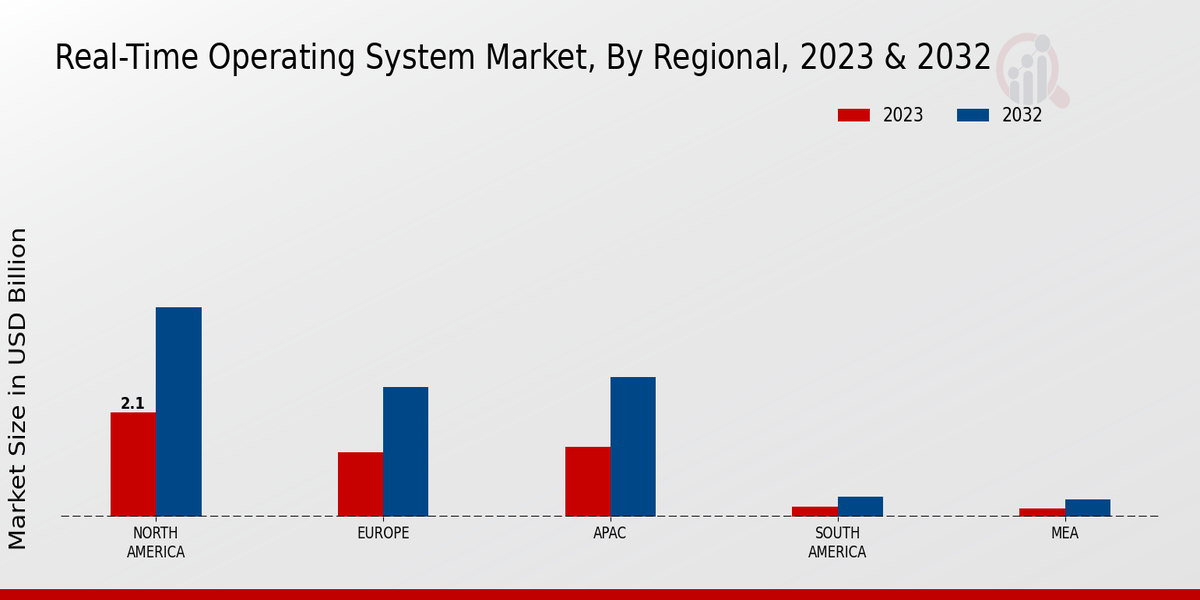
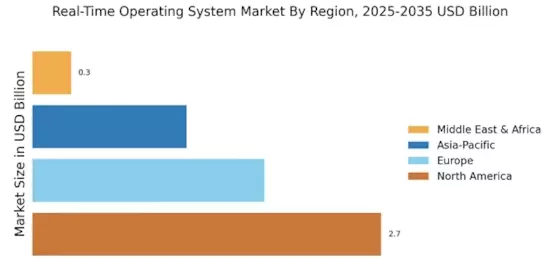


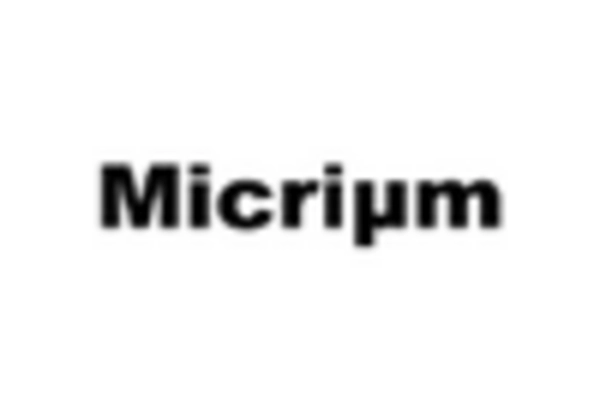

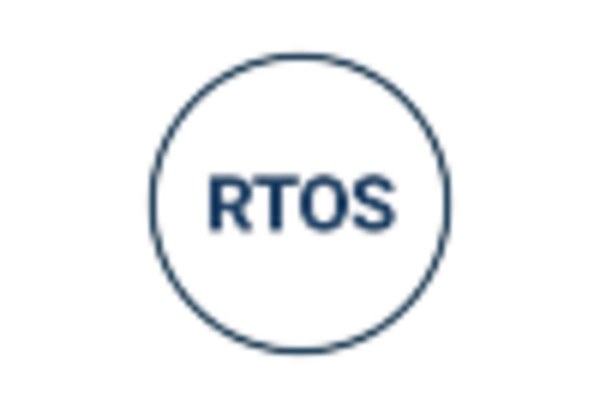
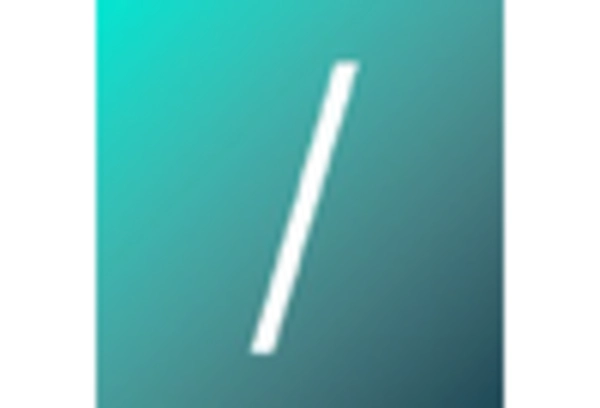








Leave a Comment